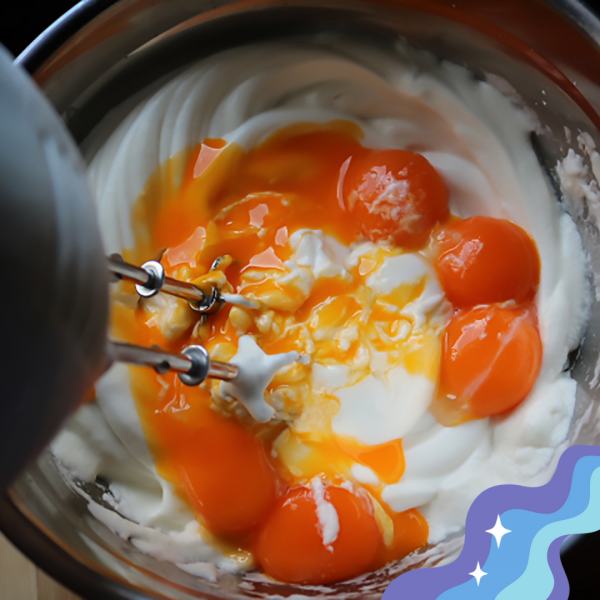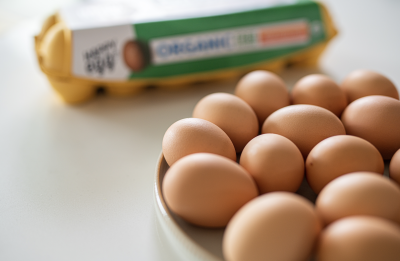Whether you’re a KitchenAid master or simply consider yourself a baking pro thanks to the countless hours of Great British Baking Show you’ve binged, it’s no secret that baking requires a dash of patience and spoonful of skill. A simple nuance like the number of times you knead your dough can make or break a recipe, and equally make or break your baking spirit.
Odds are you’ve come across a recipe or two that called for “room temperature eggs,” to which you probably thought to yourself, “I’m mid-recipe...my eggs are still in the fridge...I’m sure it will be fine...how important could it really be to bake with room temperature eggs?”
Answer: Very!
Just like butter, eggs are finicky and have different properties at different temperatures—and will react differently when combined with other ingredients. For example, if you mix a cold egg with a high-fat substance, like cream cheese or other dairy products, it will likely curdle and change the overall consistency of your dish. Thanks, but no thanks.
The science? When eggs are lowered to room temperature they form emulsion, which traps air. This trapped air then expands when baking and, in turn, creates a light and fluffy consistency. Don’t believe us? Crack a few cold eggs into a bowl and try to whisk them together. Then, do the same with a few room temperature eggs. You'll notice that the room temperature eggs whisk together more easily than the cold, and that the mixture itself will actually have more volume.

If you’re not one to pre-prep your ingredients and prefer to live life wild and free and you find yourself in a pinch with nothing but cold eggs, fill up a bowl with warm (not hot!) water and let the eggs sit for about 10 minutes. Happy baking!



















